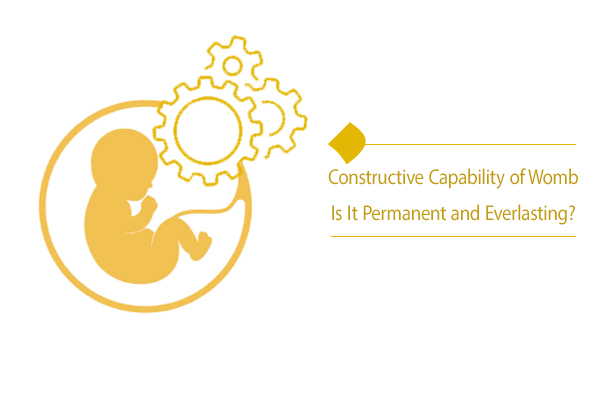What Does the Constructive Capability of the Womb Mean, and Why Is It Important?
Would you believe a person who tells you he was born without hands and feet, but he gradually developed them?
Basically, we do not attribute such a characteristic to the world. Unlike the mother’s womb, which is the place where our physical body develops to enter the world, the world does not have such a quality and the constructive capability of the body in the world is almost equal to zero compared to the constructive capability of the womb. It is true that the mother’s womb is considered a part of the world, but even this small environment has the ability to create billions of nerve cells, blood cells, muscle cells, defense cells, bone tissues, veins, fat, etc., over a period of nine months. It puts them next to each other according to a predetermined structure, ultimately giving birth to a complete being from the womb. However, as soon as the baby enters the world, the womb-like quality is lost, and he is placed in an environment that does not have the constructive capability, but rather even its regenerative capabilities are slow and time-consuming.
A fetus, which can develop complete hands and feet for himself in a short period of a few weeks in the mother’s womb, requires at least several days to heal a simple and small scratch in the environment of the world. You may have seen people who have undergone multiple surgeries to fix a minor inborn defect, while it may not have taken more than a few minutes to cure that defect in the mother’s womb.
Sometimes, we are faced with irreversible situations in the world, like car accidents or losing a loved one, and there is no opportunity for compensation. The constructive capability of the womb is also like that; as soon as our presence in the womb ends, our opportunity is over, and there is no longer any chance for compensation.
The Correct Use of the Womb-Like Quality
The point here is that the constructive capability is always in the womb and has no relation to the choices of the fetus. The womb is constantly constructing. If this construction proceeds according to a specific and predetermined plan, it ultimately leads to the birth of a healthy and strong baby. However, there are circumstances in which the fetus stops the process of organ formation according to the living conditions of the world, but since it is in the womb, it is still growing and constructing things that are not beneficial to him neither in the womb nor in the world.
Cell masses or fetuses that develop in the womb with extra or unusual organs are the result of this case. Therefore, the human being always moves and grows in the womb, and this movement is either done correctly or wrongly, and there is no neutral state for it. This rule is applied not only to the mother’s womb but also to other wombs such as the womb of the world. As a fetus in the mother’s womb and as a human in the world’s, we constantly receive and grow. Either this organ formation is compatible with the environmental conditions into which we are supposed to be born, or we are in the process of constructing things that are harmful to us.
Why Do We Need the Womb?
It does not matter whether we are in the womb of a mother and born into this world, or in the womb of the world and born into the hereafter; in each case, we are meant to be transferred to an infinitely larger, more magnificent, complete, and complicated world than the womb we are in. If we are not ready enough to enter the place where we are supposed to be born, we will surely suffer, regret, and be unhappy. We will miss the opportunity for construction as soon as we are born.
For every creature, growth and development occur outside their normal living environment. For example, although birds live in this world, their eggs play the role of a womb in transforming the embryo into a chick since they have special conditions and capabilities; or a worm goes through the stages of transformation into a butterfly within a womb called a chrysalis.
As soon as a human fetus is born, the potential for physical development and making tools according to the living conditions of the world ends. Of course, upon entering the world, we enter a womb that has the potential for spiritual development and takes action to make tools according to the living conditions of the hereafter.
In this article, we discussed the constructive capability of the womb. We mentioned that this quality constantly exists in the womb, regardless of whether it is used in the right or the wrong path; as soon as we are born, the possibility of organ making and development is stopped for us, and that is why the opportunity inside the womb is irreversible.
By studying different types of wombs, you can become familiar with different wombs whose constructive capability we can use. Does this constructive capability only exist in the mother’s womb and the world? What is your opinion on this matter?

